Celeriac: How to Grow
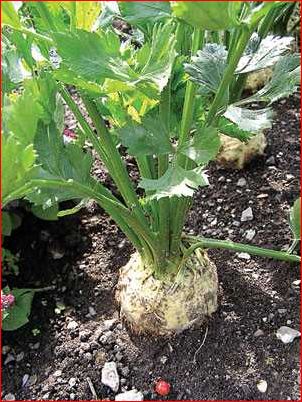
Celeriac, also known as celery root, is a versatile and delicious vegetable that is often overlooked in home gardens. With its unique flavor and texture, celeriac can add a lot of depth to your cooking. If you’re interested in growing your own celeriac, this article will provide you with all the information you need to get started.
First and foremost, it’s important to choose the right variety of celeriac for your growing conditions. Some varieties are more suited to colder climates, while others are better suited to warmer climates. Make sure to do your research and select a variety that will thrive in your specific region.
When it comes to planting celeriac, timing is key. Celeriac is a cool-season crop that prefers temperatures between 60 and 70 degrees Fahrenheit. It’s best to start your seeds indoors about 10 to 12 weeks before the last frost date in your area. Once the seedlings are about 2 inches tall, you can transplant them into your garden.
Celeriac prefers rich, well-draining soil that is high in organic matter. Before planting, amend your soil with compost or well-rotted manure to improve its fertility and drainage. Celeriac plants should be spaced about 12 inches apart to allow for proper growth.
Throughout the growing season, it’s important to keep your celeriac plants well-watered. Celeriac has shallow roots, so it’s important to water consistently and deeply to ensure that the roots stay hydrated. Mulching around the plants can help to conserve moisture and suppress weeds.
Harvesting celeriac is a rewarding experience. The roots are typically ready to harvest when they reach about 3 to 4 inches in diameter. Use a garden fork or shovel to carefully lift the roots out of the ground. Once harvested, celeriac can be stored in a cool, dark place for several months.
Now that you know the basics of growing celeriac, it’s time to get started. With a little bit of planning and care, you can enjoy the unique flavor and versatility of this delicious vegetable right from your own garden.
Choosing the Right Variety
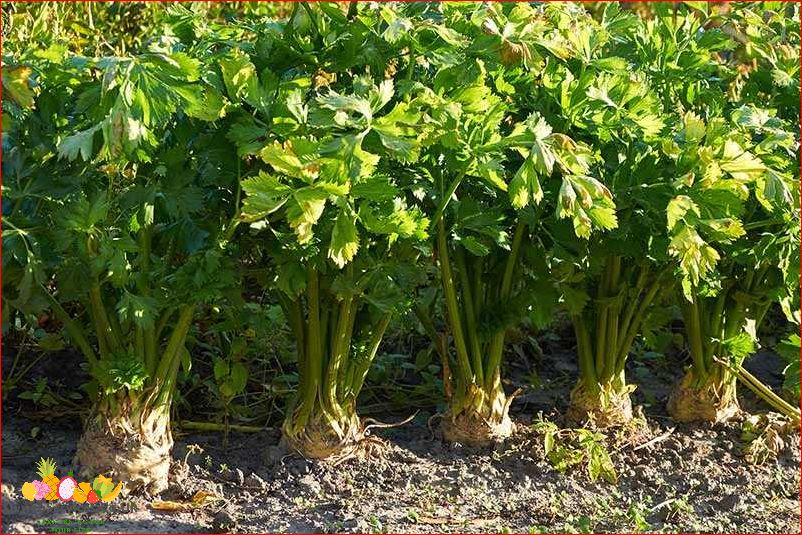
When it comes to growing celeriac, choosing the right variety is crucial for a successful harvest. There are several factors to consider when selecting a variety, including taste, size, and disease resistance. Here are some popular celeriac varieties to consider:
- Prinz: This variety is known for its smooth, round roots and excellent flavor. It is resistant to many common diseases and is a popular choice for home gardeners.
- Monarch: Monarch is a high-yielding variety with large, uniform roots. It has a mild flavor and is resistant to cracking.
- Brilliant: Brilliant is a compact variety that produces small to medium-sized roots. It has a delicate flavor and is resistant to bolting.
- Ibis: Ibis is a disease-resistant variety that produces large, oval-shaped roots. It has a strong flavor and is a good choice for cooking.
When choosing a variety, consider your personal preferences and growing conditions. Some varieties may be better suited for colder climates, while others may thrive in warmer regions. Additionally, consider the space you have available and the size of the roots you prefer. By selecting the right variety, you can ensure a bountiful harvest of delicious celeriac.
Preparing the Soil
Before planting celeriac, it is important to prepare the soil properly to ensure healthy growth and a bountiful harvest. Here are some steps to follow:
1. Clear the area: Start by clearing the area of any weeds, rocks, or debris. This will create a clean and fertile space for your celeriac plants.
2. Loosen the soil: Use a garden fork or a tiller to loosen the soil to a depth of at least 12 inches. This will help the roots of the celeriac plants to penetrate the soil easily and access nutrients.
3. Amend the soil: Celeriac prefers a well-draining soil with a pH level of 6.0 to 7.0. Test the soil pH and amend it accordingly. If the pH is too low, add lime to raise it. If the pH is too high, add sulfur to lower it. Additionally, incorporate organic matter such as compost or well-rotted manure to improve the soil’s fertility and structure.
4. Add nutrients: Celeriac is a heavy feeder and requires a nutrient-rich soil. Before planting, add a balanced fertilizer or a slow-release organic fertilizer to provide the necessary nutrients for healthy growth.
5. Rake the soil: After amending the soil and adding nutrients, use a rake to level the soil and remove any large clumps or stones. This will create a smooth and even surface for planting.
By following these steps, you can ensure that your celeriac plants have the best possible start in the garden. Remember to water the plants regularly and provide them with proper care throughout the growing season for a successful harvest.
Planting
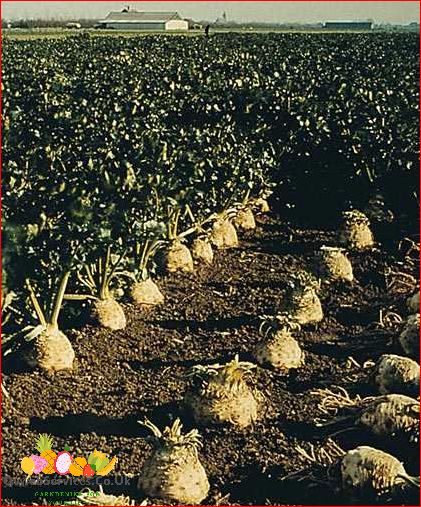
When it comes to planting celeriac, there are a few key factors to keep in mind. First, choose a location in your garden that receives full sun. Celeriac prefers well-drained soil, so make sure to amend your soil with compost or organic matter before planting.
Start by sowing the seeds indoors about 10-12 weeks before the last frost date in your area. Fill a seed tray or small pots with seed-starting mix and lightly press the seeds into the soil. Keep the soil moist but not waterlogged, and place the tray or pots in a warm location or under grow lights.
Once the seedlings have reached a height of about 2 inches, they are ready to be transplanted into the garden. Harden off the seedlings by gradually exposing them to outdoor conditions over the course of a week. This will help them adjust to the change in temperature and reduce the risk of transplant shock.
When transplanting, space the seedlings about 12-18 inches apart, allowing enough room for the celeriac to grow. Dig a hole slightly larger than the root ball of the seedling and gently place it in the hole. Backfill the hole with soil, firming it gently around the seedling to ensure good contact between the roots and the soil.
Water the newly transplanted seedlings thoroughly and keep the soil consistently moist throughout the growing season. Mulching around the plants can help retain moisture and suppress weeds.
With proper care and attention, your celeriac plants will thrive and produce delicious, flavorful roots that can be harvested in late summer or early fall.
Watering and Fertilizing
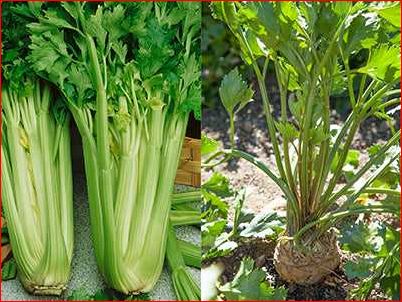
Proper watering and fertilizing are essential for the successful growth of celeriac. Here are some tips to ensure your celeriac plants receive the right amount of water and nutrients:
Watering
Celeriac plants require consistent moisture to thrive. It is important to keep the soil evenly moist, but not waterlogged. Overwatering can lead to root rot, while underwatering can cause stunted growth and poor root development.
Water your celeriac plants deeply once or twice a week, depending on the weather conditions. If the soil feels dry to the touch, it’s time to water. Aim to provide about 1 inch of water per week, either through rainfall or irrigation.
It is best to water celeriac plants at the base, avoiding wetting the foliage. This helps prevent the spread of diseases and reduces the risk of fungal infections.
Fertilizing
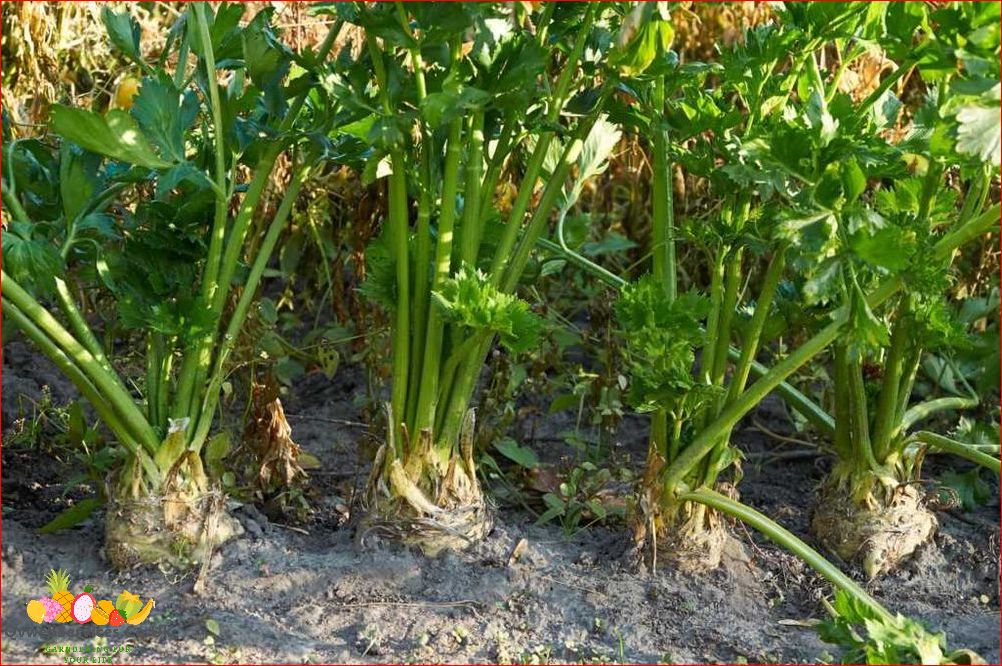
Celeriac plants benefit from regular fertilization to ensure they receive the necessary nutrients for healthy growth. Before planting, incorporate well-rotted compost or aged manure into the soil to improve its fertility.
Once the plants have established, you can apply a balanced fertilizer with a ratio of 10-10-10 or 14-14-14. Follow the manufacturer’s instructions for application rates and frequency.
Alternatively, you can use organic fertilizers such as fish emulsion or seaweed extract, which provide a slow release of nutrients over time. Apply these fertilizers according to the package instructions.
Remember to water the plants after fertilizing to ensure the nutrients are absorbed by the roots.
Regularly monitor your celeriac plants for signs of nutrient deficiencies, such as yellowing leaves or stunted growth. Adjust your fertilization schedule as needed to address any deficiencies.
By providing adequate water and nutrients, you can promote healthy growth and maximize the yield of your celeriac plants.
Managing Pests and Diseases
Like any other plant, celeriac is susceptible to various pests and diseases that can affect its growth and overall health. However, with proper management and care, you can prevent and control these issues to ensure a successful harvest.
Pest Control
Common pests that can attack celeriac include aphids, slugs, and carrot flies. To control aphids, you can use insecticidal soap or neem oil spray. Regularly inspect your plants for any signs of aphid infestation and take immediate action. Slugs can be controlled by placing slug traps or using organic slug pellets. Carrot flies can be deterred by covering your plants with a fine mesh netting to prevent them from laying eggs on the leaves.
Another effective method of pest control is companion planting. Planting celeriac alongside plants such as onions, garlic, and marigolds can help repel pests and reduce the risk of infestation.
Disease Prevention
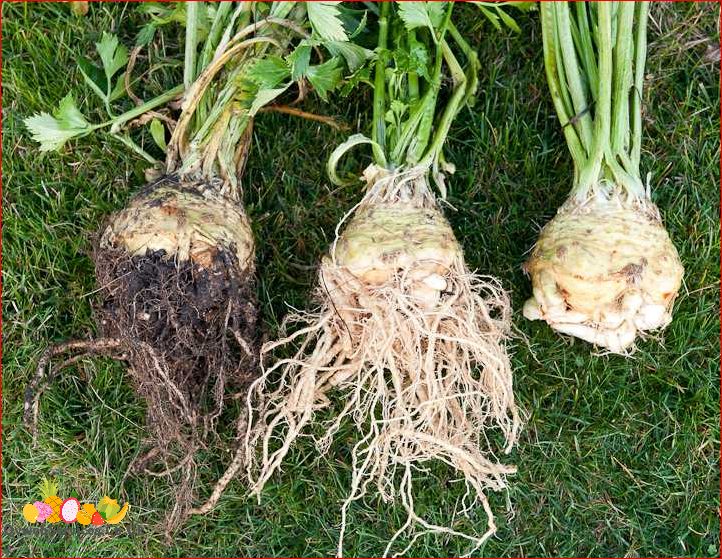
Celeriac is prone to certain diseases, including root rot, leaf blight, and powdery mildew. To prevent these diseases, it is important to practice good sanitation and proper plant care.
Ensure that your celeriac plants have adequate spacing to promote air circulation and reduce the risk of fungal diseases. Avoid overwatering, as excessive moisture can lead to root rot. Water your plants at the base, avoiding wetting the leaves.
If you notice any signs of disease, such as yellowing leaves or black spots, remove the affected parts immediately to prevent the spread of the disease. Dispose of the infected plant material properly, away from your garden area.
It is also beneficial to rotate your crops every year to prevent the buildup of diseases in the soil. Avoid planting celeriac in the same spot for consecutive years.
By implementing these pest control and disease prevention measures, you can ensure the health and productivity of your celeriac plants, leading to a successful harvest.
Harvesting
Harvesting celeriac is an exciting moment for every gardener. The best time to harvest celeriac is when the root has reached its maximum size, usually around 3-4 inches in diameter. The outer skin of the celeriac should be firm and smooth, without any cracks or blemishes.
To harvest celeriac, gently loosen the soil around the base of the plant using a garden fork or trowel. Be careful not to damage the roots or the main stem. Once the soil is loosened, carefully lift the celeriac out of the ground, grasping the stem near the base. Shake off any excess soil, but do not wash the celeriac as it can reduce its storage life.
After harvesting, it is important to remove the leaves and any excess roots from the celeriac. Trim the leaves close to the stem, leaving about an inch of stem attached. This will help the celeriac store better and prevent any rotting or mold growth.
Once the celeriac is harvested and cleaned, it can be stored in a cool, dark place with a temperature of around 32-40°F (0-4°C). Celeriac can be stored for several months if properly stored. It is important to check on the celeriac regularly and remove any that show signs of rotting or decay.
When it comes time to use the harvested celeriac, it can be peeled and used in a variety of dishes. Its unique flavor adds a delicious twist to soups, stews, and salads. So, enjoy the fruits of your labor and savor the taste of freshly harvested celeriac!
Storing and Using Celeriac
After harvesting celeriac, it is important to store it properly to ensure its freshness and flavor. Celeriac can be stored for several months if stored correctly.
Storing Celeriac
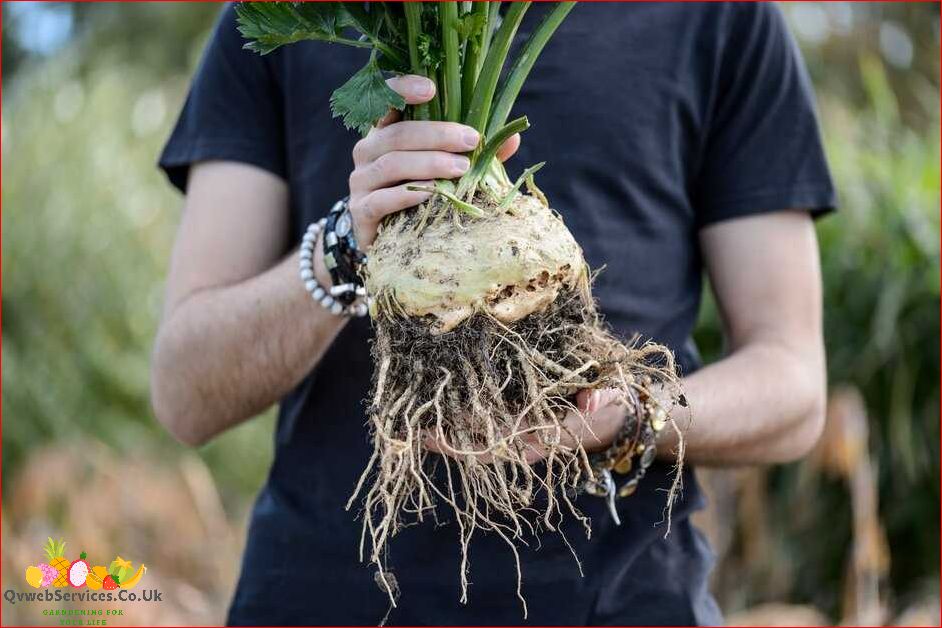
Before storing celeriac, it is important to remove the leaves and trim the roots. The leaves can be composted, while the roots can be discarded. Once the celeriac is cleaned, it should be stored in a cool, dark place with a temperature between 32°F (0°C) and 40°F (4°C). A root cellar or a refrigerator is an ideal place for storing celeriac.
When storing celeriac, it is important to keep it away from other fruits and vegetables, as it can release ethylene gas, which can cause them to spoil faster. It is also important to store celeriac away from potatoes, as they can cause each other to rot.
Using Celeriac
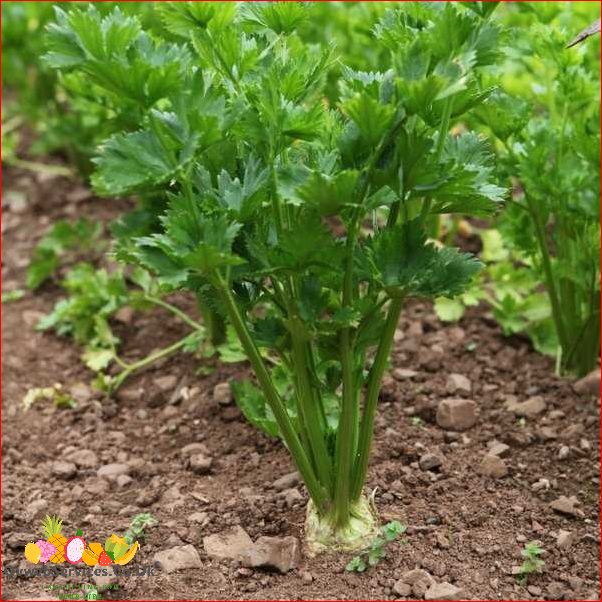
Celeriac can be used in a variety of dishes and recipes. It has a unique flavor that is often described as a combination of celery and parsley. Here are some ways to use celeriac:
| Usage | Description |
|---|---|
| Raw | Celeriac can be grated or sliced and used in salads or slaws. It adds a crunchy texture and a mild, celery-like flavor. |
| Cooked | Celeriac can be boiled, roasted, or sautéed. It can be used as a side dish, added to soups and stews, or mashed like potatoes. |
| Pureed | Celeriac can be cooked and then pureed to make a creamy and flavorful puree. It can be used as a base for sauces or as a topping for meats and vegetables. |
| Flavoring | Celeriac can be used to flavor stocks, broths, and sauces. It adds a unique and aromatic flavor to dishes. |
Experiment with celeriac in your cooking to discover new flavors and textures. It is a versatile vegetable that can add depth and complexity to your dishes.
Tips and Tricks
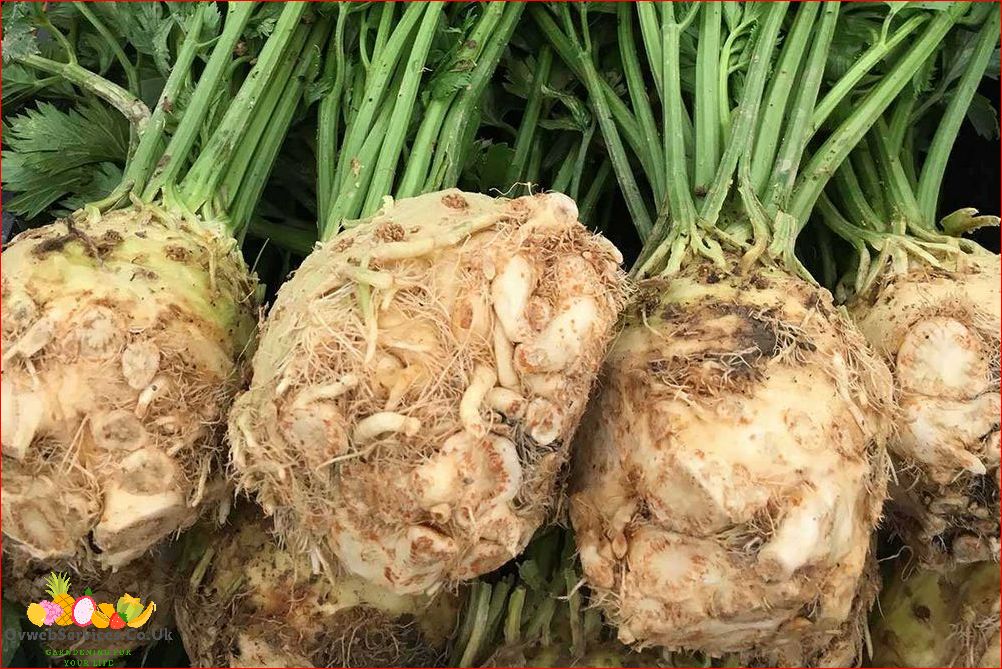
Here are some tips and tricks to help you successfully grow celeriac:
1. Choose the Right Location
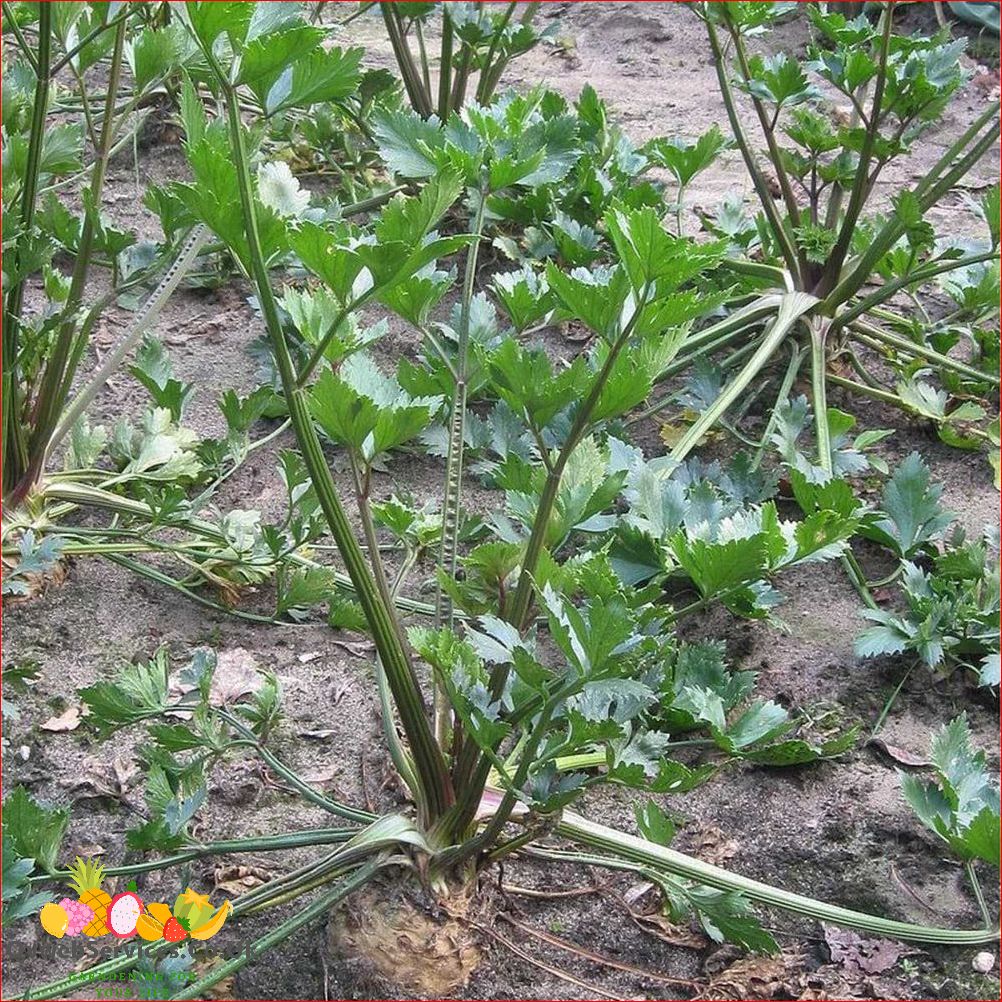
Celeriac prefers a sunny location with well-drained soil. Make sure the soil is rich in organic matter and has a pH level between 6.0 and 7.0.
2. Start Seeds Indoors
It’s best to start celeriac seeds indoors about 10-12 weeks before the last frost date. Use seed trays or pots filled with a seed starting mix. Keep the soil moist and provide plenty of light for the seedlings.
3. Transplant Carefully
When the seedlings have grown to about 3-4 inches tall, they are ready to be transplanted into the garden. Be careful not to damage the delicate roots when transplanting. Space the plants about 12 inches apart.
4. Provide Adequate Water
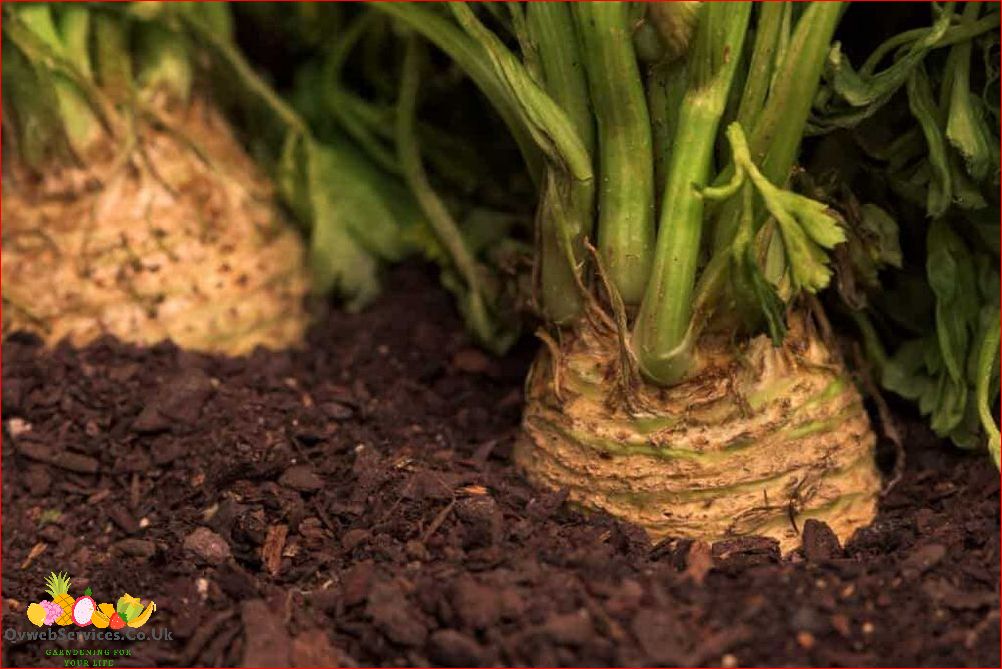
Celeriac needs consistent moisture to grow properly. Water the plants regularly, especially during dry periods. Avoid overwatering, as it can lead to rotting.
5. Mulch to Control Weeds
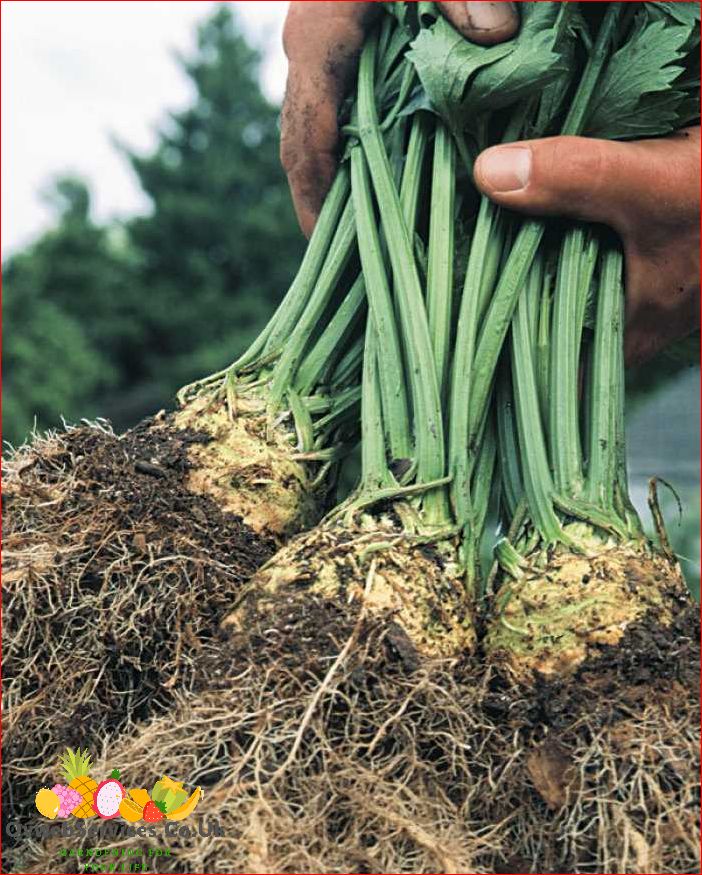
Apply a layer of organic mulch around the plants to suppress weed growth. This will also help retain moisture in the soil and regulate temperature.
6. Fertilize Regularly
Feed your celeriac plants with a balanced fertilizer every 4-6 weeks. This will provide them with the necessary nutrients for healthy growth.
7. Protect from Pests
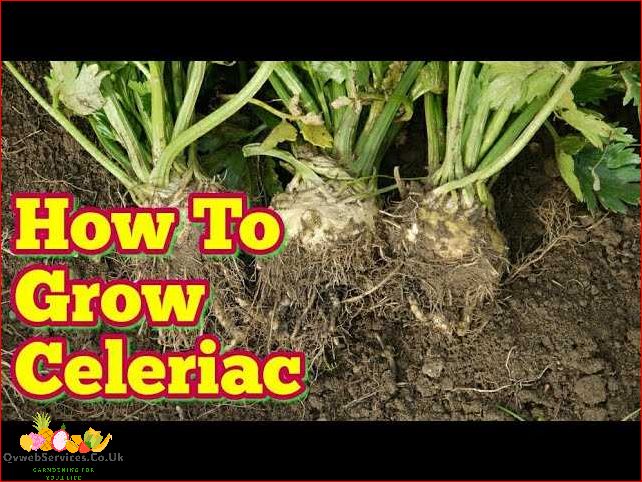
Celeriac can be susceptible to pests such as aphids and slugs. Monitor your plants regularly and take appropriate measures to control these pests, such as using organic insecticides or setting up slug traps.
8. Harvest at the Right Time
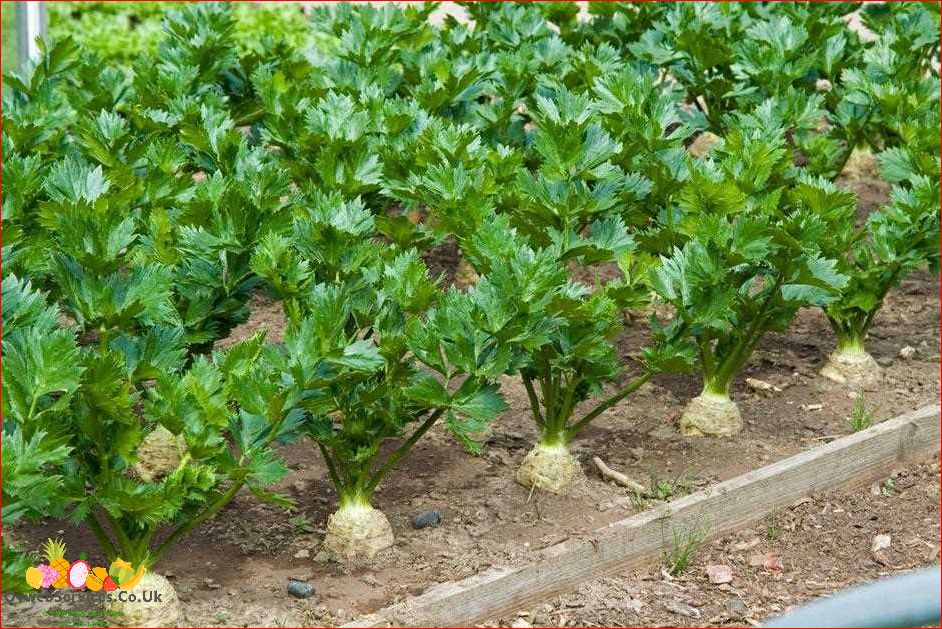
Celeriac is ready to harvest when the roots have reached a size of about 3-4 inches in diameter. Carefully dig up the roots, being mindful not to damage them. Remove the leaves and store the roots in a cool, dry place.
By following these tips and tricks, you can enjoy a successful celeriac harvest and enjoy the delicious flavors this vegetable has to offer.
Video:Celeriac: How to Grow
As Stephanie C. Phillips, I am the voice and green thumb behind QvWebServices.co.uk. My passion for gardening and sharing my knowledge with others has led me to create a space where fellow gardening enthusiasts can find practical advice and inspiration.
From the sun-soaked fields of Texas to the cozy balconies of city dwellers, I strive to guide you through the nuances of growing your own food and beautifying your surroundings with plants. My articles are a reflection of my dedication to the art of gardening, and I hope they encourage you to get your hands dirty and enjoy the rewards of nurturing life from the soil.
Join me on this verdant journey to cultivate not just gardens, but a sense of community and connection to the earth.

